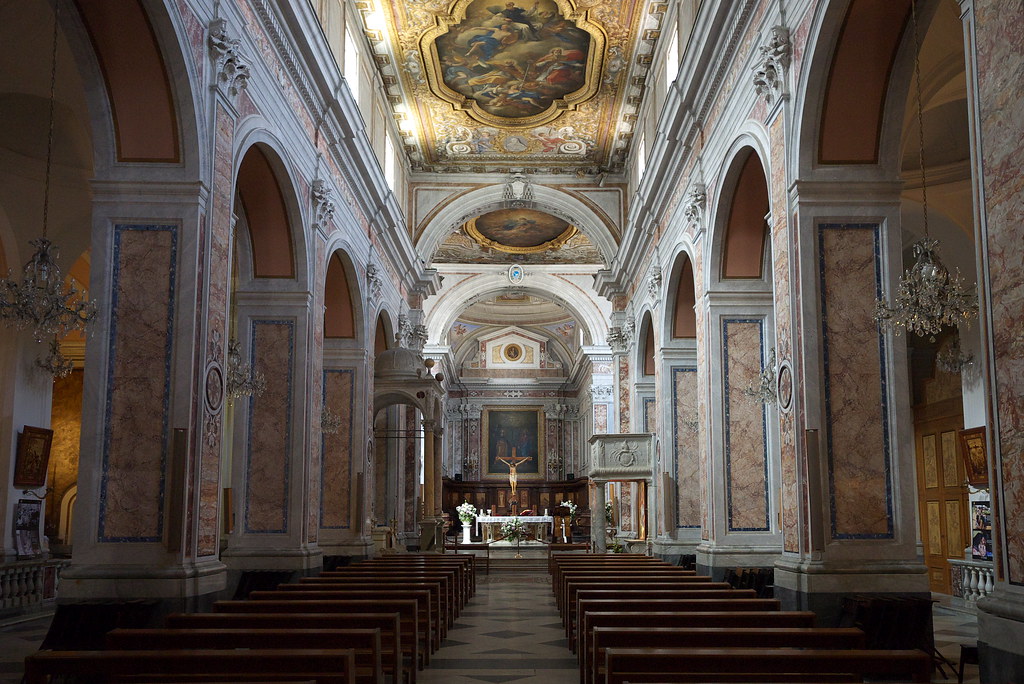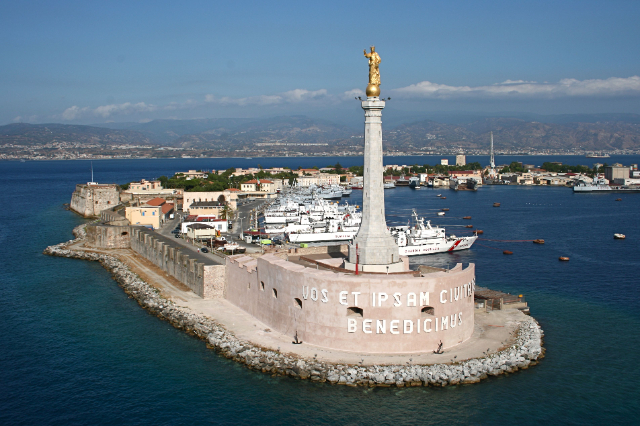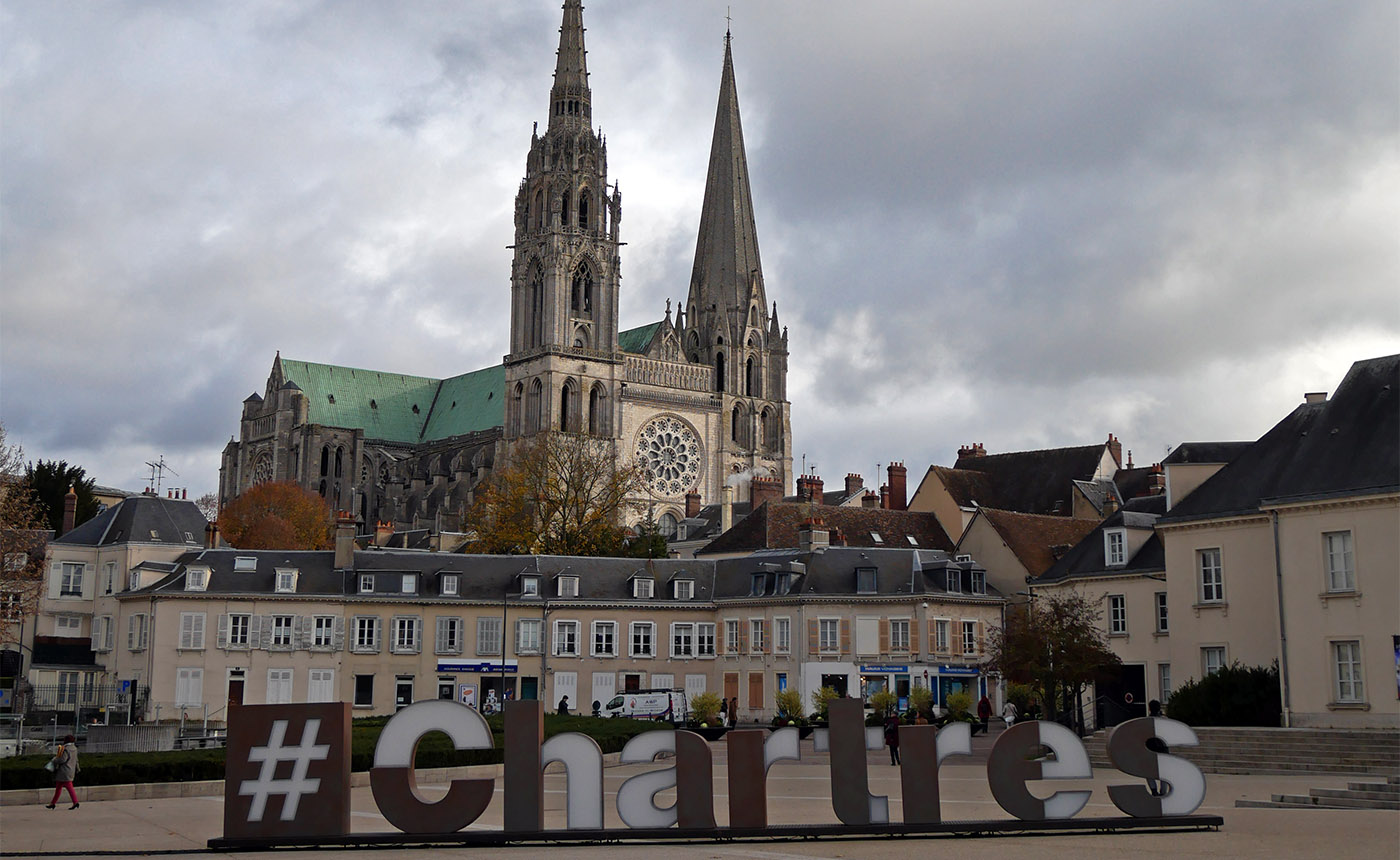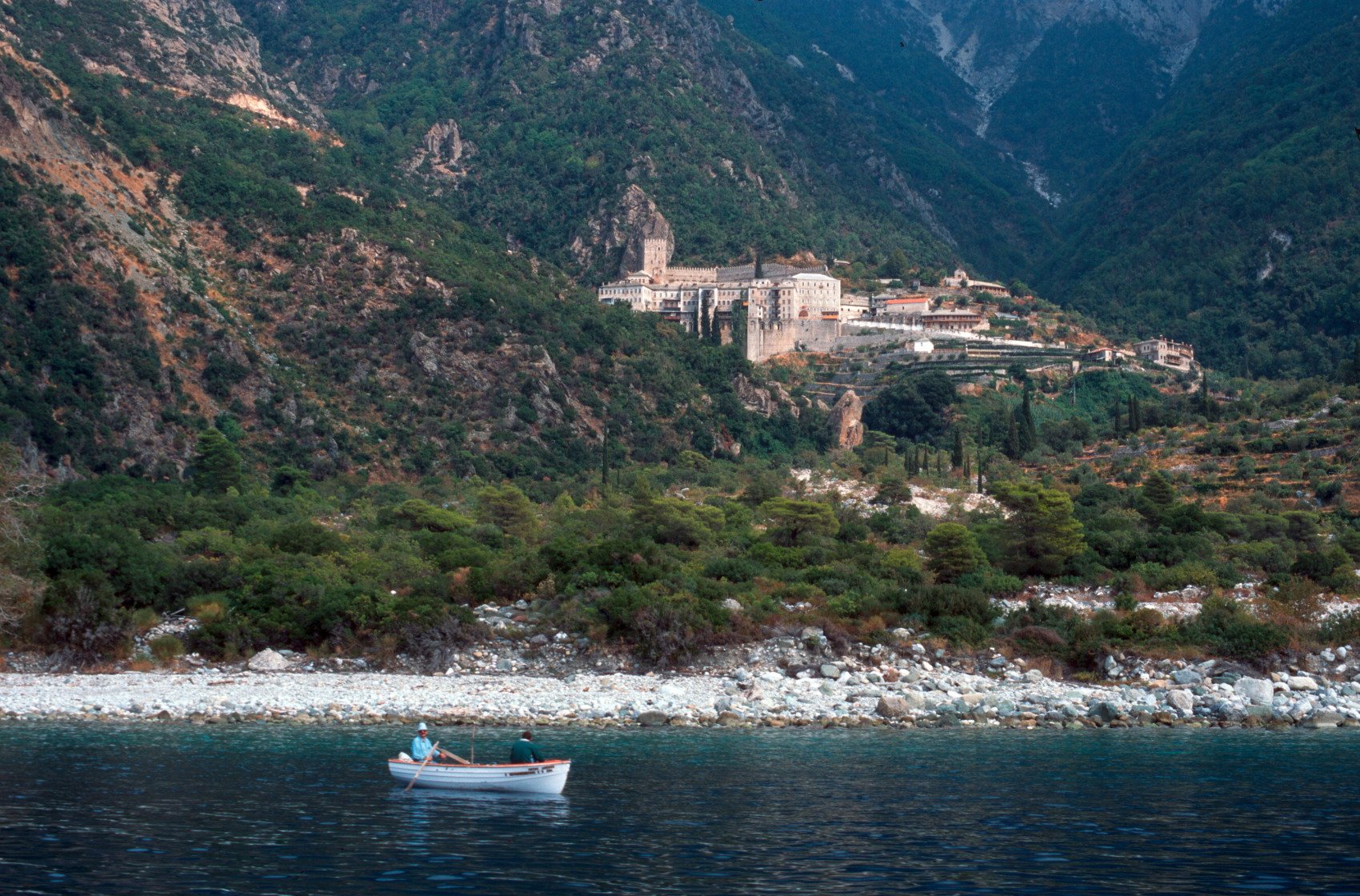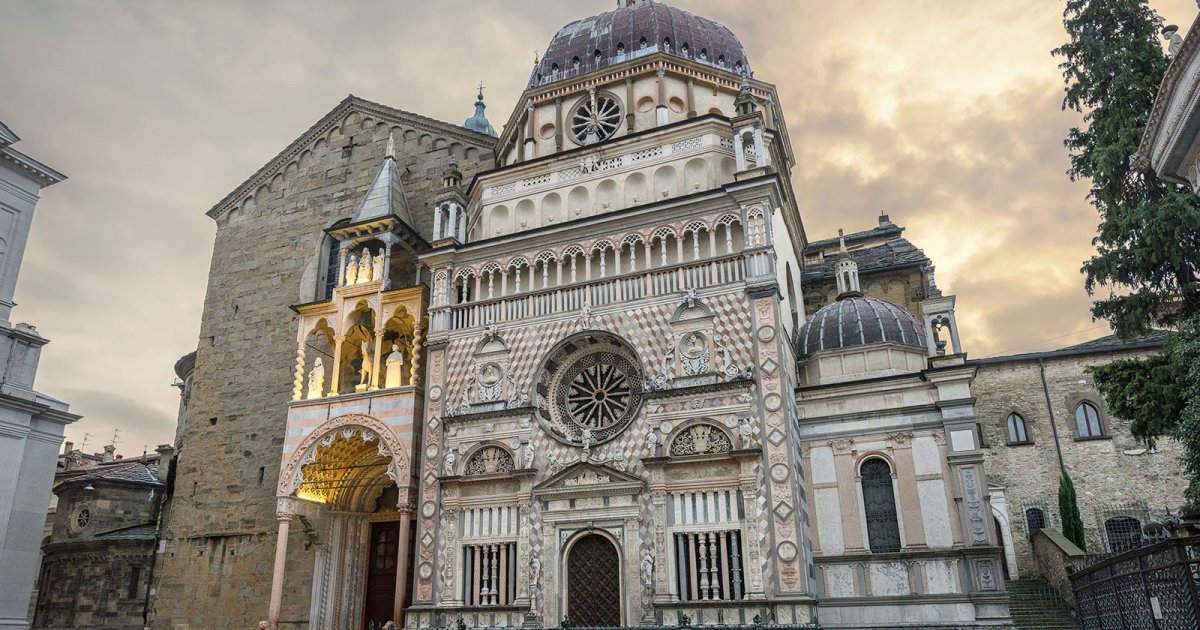Re-built in the 15th century in Romanesque style on an ancient place of worship, the cathedral dedicated to Saints Philip and James was the subject of various restoration works that completely changed its appearance, until the facade was rebuilt in 1924. The only original element is the side marble portal (1479) that shows in the lintel the coats of arms of Sixtus IV, the House of Aragon and Archbishop De Angelis. The interior has a Latin cross and three naves, is decorated in the ceilings with baroque paintings by Oronzo and Nicola Malinconio and Giacomo del Po, and preserves works of great value. In the first chapel, in addition to the baptistery in which Torquato Tasso was baptized, there is a magnificent marble relief of the Redeemer from 1522 framed by twelve fourteenth-century panels. In the nave you can admire the archiepiscopal throne and a pulpit embellished with a "Madonna and Child with the two St. John" by Silvestro Buono (1580), both 16th century; in the presbytery, the wooden choir is a remarkable example of Sorrentine marquetry from the early 20th century. Finally, in the Chapel of the Blessed Sacrament, a valuable wooden Crucifix of the 15th century dominates the 17th century altar with side putti by Domenico Antonio Vaccaro. A few metres from the Cathedral, on Corso Italia, there is a red five-storey bell tower. The basement and the first three floors probably date back to the eleventh century, the upper part with the ceramic clock instead, were made in the eighteenth century.
